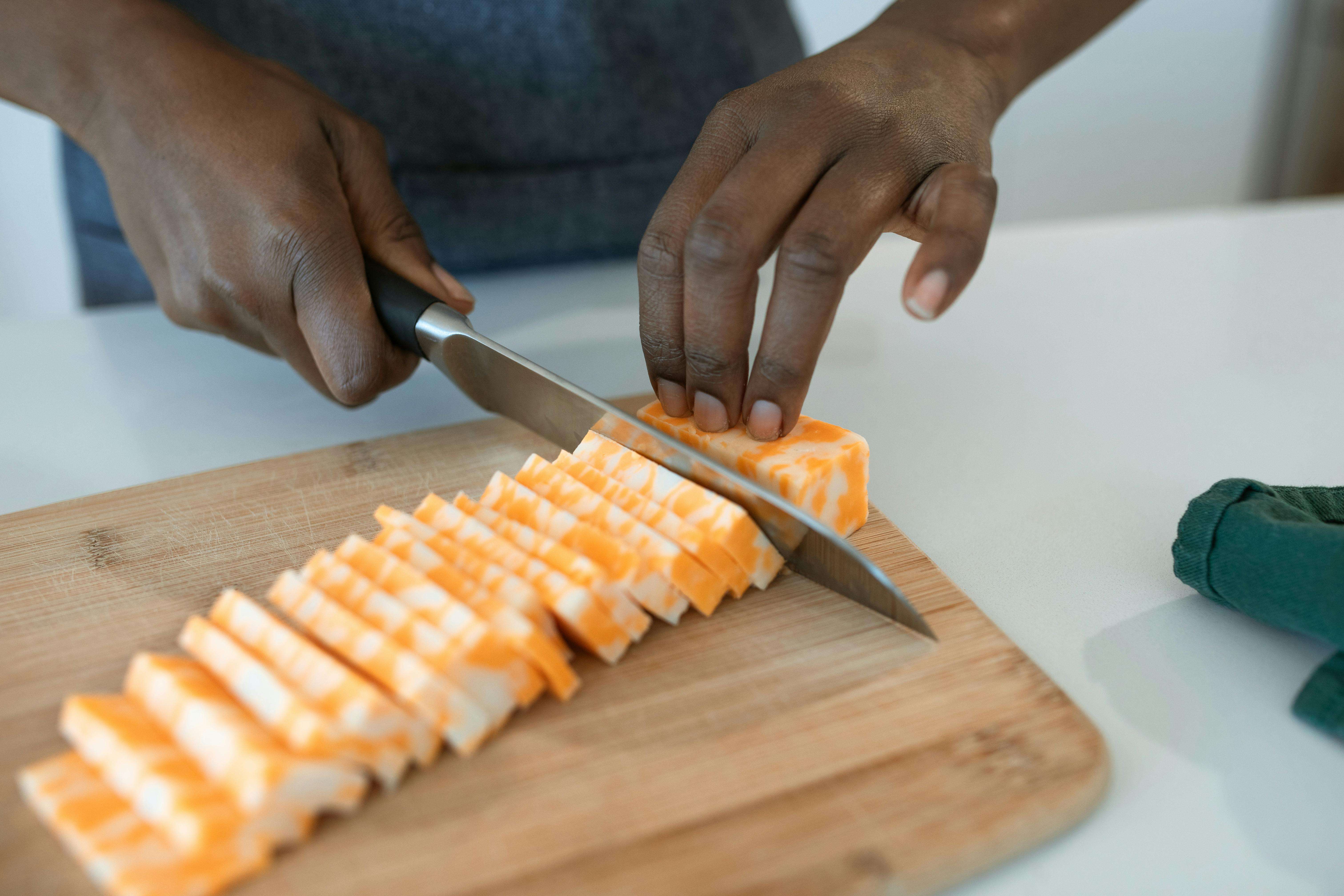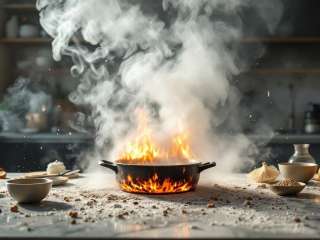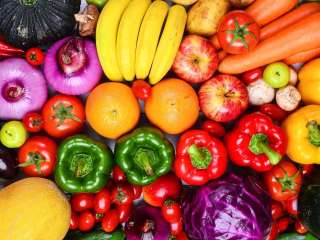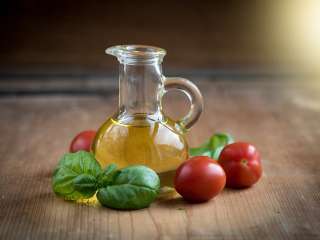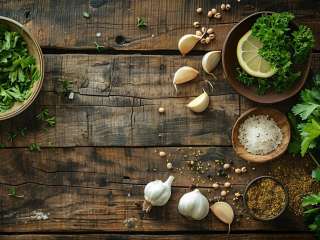A good knife is one of the most important tools in the kitchen, but knowing how to use it properly can make a huge difference in your cooking experience. Mastering essential knife skills will improve your efficiency, safety, and the quality of your meals. Here are the key knife skills every home cook should know.
1. Choosing the Right Knife
Different knives serve different purposes. A chef’s knife is an all-purpose tool, while a paring knife is perfect for smaller tasks like peeling and coring. A serrated knife is best for cutting bread and delicate items like tomatoes.
2. Holding the Knife Correctly
Grip the handle with your dominant hand while resting your thumb and index finger on the blade for better control. This ensures precision and reduces strain on your hand.
3. The Rocking Motion
For efficient chopping, use a rocking motion with the tip of the knife touching the cutting board while lifting and lowering the handle. This method is ideal for mincing herbs, dicing onions, and chopping vegetables.
4. The Claw Grip
To protect your fingers, use the claw grip by curling your fingertips inward and using your knuckles as a guide while cutting. This technique prevents accidental cuts and ensures uniform slices.
5. Chopping vs. Slicing vs. Dicing
-
Chopping: Cutting ingredients into rough, irregular pieces.
-
Slicing: Creating uniform cuts for even cooking.
-
Dicing: Cutting into small, even cubes for recipes like soups and salsas.
6. Julienne and Batonnet Cuts
These techniques involve cutting vegetables into thin, uniform strips. Julienne results in matchstick-like pieces, while batonnet produces slightly thicker strips, perfect for stir-fries and garnishes.
7. Mincing Garlic and Herbs
To mince garlic, smash the clove with the side of your knife, remove the skin, and finely chop it. For herbs, gather them tightly and use a rocking motion to mince finely.
8. How to Cut Meat Properly
Always slice meat against the grain to break down fibers and ensure tenderness. For easier slicing, chill the meat slightly before cutting.
9. Keeping Your Knife Sharp
A dull knife is more dangerous than a sharp one because it requires more force, increasing the risk of slipping. Regularly hone your knife with a honing steel and sharpen it with a whetstone or professional service.
10. Proper Knife Maintenance
Hand-wash your knives immediately after use and dry them thoroughly to prevent rust. Store them in a knife block or magnetic strip to maintain their sharpness.
By mastering these essential knife skills, you’ll improve your efficiency in the kitchen and enhance the presentation of your meals. Practice regularly, and you’ll be slicing and dicing like a pro in no time!
